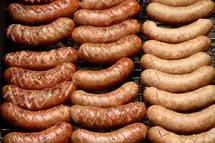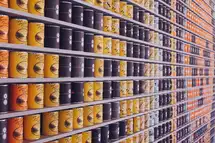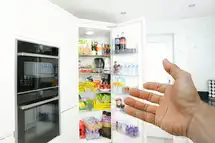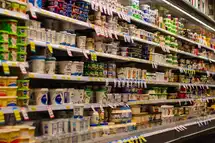What is importance of inventory management ?
Inventory management is important for businesses because it allows them to have control over their inventory, which can help to improve their bottom line. Having an effective inventory management system can help businesses save money, time and resources.
The Importance of Inventory Management in the Foodservice Business
What is Inventory Management?
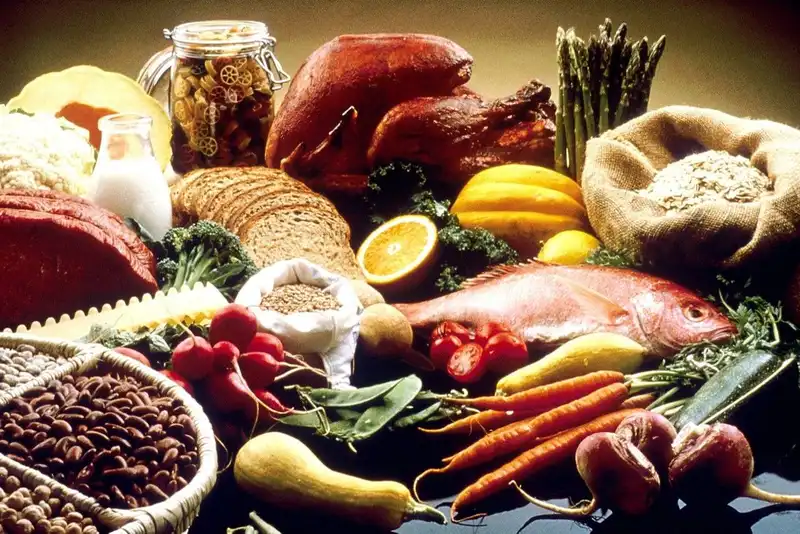
Inventory management is the process of placing orders and keeping, using, and selling an organization's inventory or product stocks. It involves the storage, processing, and handling of raw materials and finished products.
Inventory management is a component of supply chain management that manages the flow of goods from producers to warehouses, and then to points of sale. Inventory management requires keeping an exact count of each item as it goes in or out of a storehouse or through a point of sale.
Inventory management can be made use of by any firm, whether it's a small business, a medium-sized organization, or a large company, to track the flow of items. There are several inventory management systems to choose from, and selecting the correct one will make sure that the right products are delivered at the right time in the right amount.
This practice keeps track of trends and reacts accordingly to ensure that there is always enough inventory on hand to fulfill customer orders and that shortages are recognized early.
Inventory turnover, which displays the frequency of products sold over time, can be used to determine how effective inventory management is. It's best if a company doesn't hold more inventory than it can sell. Low inventory turnover results in deadstock or unsold inventory piling up.
Inventory management, in this regard, is different from warehouse management. The process of managing inventory and related responsibilities within a warehouse makes up what is known as warehouse management. Inventory management, on the other hand, is concerned with the management of stocks for the entire business and the forecasting of business trends.
What is Inventory Management Software?
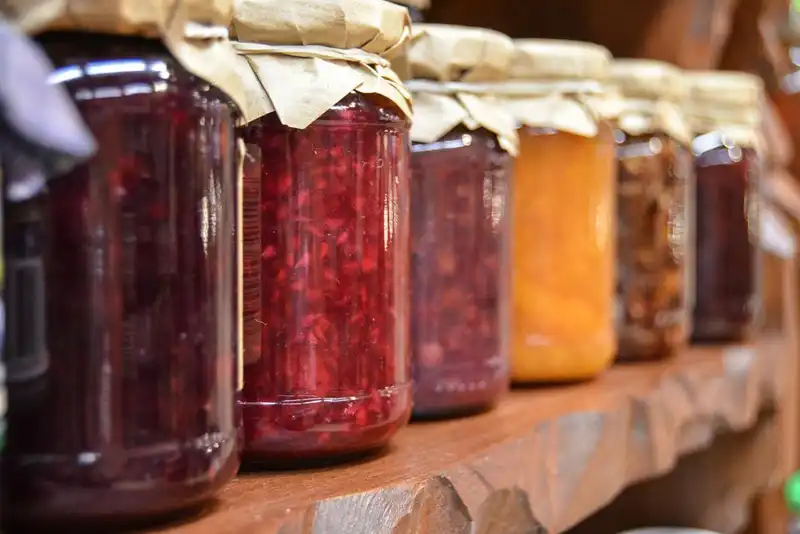
Inventory management software refers to a computer program that automates the process of managing inventory. It allows you to keep track of current levels of inventory and rapidly determine which products you require more of.
Using software that is easy to use, business owners can monitor stock levels and quickly search for product information on their mobile devices. Businesses can also look back at previous sales data and estimate which items may sell quickly or slowly. This way businesses would be able to forecast demand variations and place stock orders accordingly. Order management is, therefore, given a leg up.
The process of stock-taking is painstaking and consumes a lot of time. Therefore, it is necessary to create a management system that makes it easier to capture and record information.
The bulk of inventory management systems come with pre-installed templates for entering data. This cuts down on the time spent calculating inventory. Furthermore, using inventory-tracking templates ensures that no ingredient is overlooked. Smart technology can also be easily integrated with the management system that is currently in use in the organization.
It is possible for a small business to manage and track inventory using manual methods or simple spreadsheets, but as the business expands, inventory management will require more work. Stock-taking is made easier with sophisticated, cloud-based software such as Zip Inventory, which automates inventory management and gives users real-time access to a variety of data. This software system comes with a feature that allows users to count stocks by merely uttering the name of the product that needs to be tracked. Zip Inventory is available online on Hubworks, an app store for restaurants.
Poor inventory management can cause a business huge losses.
But when inventory is managed efficiently, it can bring a business success in no time.
5 Benefits of Good Inventory Management- No. 1 Real-time Monitoring

The importance of inventory management lies in the fact that a restaurant powered by a sophisticated inventory management system can avoid embarrassing situations, such as being unable to supply a menu item despite high demand, due to a shortage of key ingredients.
Not having adequate stocks of a bestselling item would leave customers dissatisfied, and the reputation of the business will suffer. This problem can be countered with the help of technology that lets businesses monitor stocks in real time.
Inventory management must, therefore, be linked to a sophisticated demand prediction system in order to optimize stock levels and prevent a mismatch between the projected and actual utilization of supplies.
Stock loss owing to spoilage, pilferage, fraud in the Supply Chain, and pest infestation needs careful inventory tracking. Disorganized inventory management can, in fact, enfeeble a firm from the inside, defeating all attempts to increase sales.
Inventory management software combined with a POS system such as Plum POS (accessible from the Hubworks app store) can do a lot of heavy lifting for a business and keep its house in perfect order. As products are received and sold, smart POS systems help in updating stock levels. They also send out alerts when supplies run short.
Moreover, cloud-based POS solutions help analyze customer trends, identifying the bestselling and not-so-popular items they order. This allows business owners to make smarter inventory purchases.
POS systems also aid in inventory control by guaranteeing that the business maintains proper inventory levels for meeting customer demand swiftly, while restricting stock-holding costs.
Good Inventory Management Benefit No. 2 Cuts Food Wastage and Cost
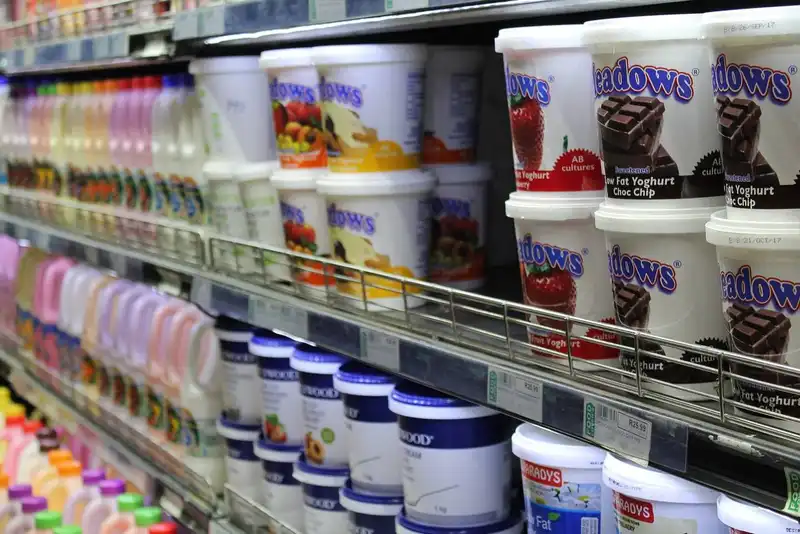
According to Statista, the yearly household food wastage in the United States was 130 pounds per capita in 2020. According to the RTS research report 'Food Waste in America in 2021- Statistics and Facts', around 40 million tonnes of food is discarded every year. This is the most food wastage among all countries and equates to 30% to 40% of the overall US food supply.
Such huge wastage of food has both, humanitarian and financial ramifications. In restaurants, food is often squandered when expected demand falls short of supply. This wastage can be reduced with a good inventory management system. It again underlines the importance of inventory management.
A restaurant, in order to be profitable, must keep food costs within 35% of its revenue. Food wastage, on the other hand, is a major issue in American restaurants. The quantity of food discarded in the country's restaurants is about 30 billion pounds annually.
This means that restaurants are squandering money on food they don't require, as well as on the logistics of storing and stocking that food.
There's also a huge humanitarian cost of such wanton wastage. Business owners can avoid making superfluous purchases that will go to waste if they use a good Restaurant Inventory management system.
Sales data and information on consumer demand trends would disclose which commodities have few takers and are likely to rot on the shelves.
Restaurants should restrict the purchase of food items wherever possible, conserve supplies, and make vendor and order management tighter to secure the best deal available and reduce costs. The gap between expected and actual usage of food can also be narrowed with optimal inventory and supply chain management.
The Just-in-Time (JIT) technique is one of the most used inventory management systems. It aims to transport supplies to the production floor just in time for use, thereby reducing wastage and enhancing productivity. The JIT system's goal is to offer the exact quantities required to complete production.
Generally, 20% of the inventory level of a business contributes to 80% of its profits. Therefore, the products falling within this 20% bracket must be treated with importance. Businesses may use the Zip Inventory software to receive variance reports that illustrate the costs of wastage for each item.
Good Inventory Management Benefit No. 3 Better Vendor Management

Restaurants can have better product traceability with the help of an inventory and order management system that comes with batch-tracking tools. It reveals which vendors provide the most value to the company and should be nurtured, as well as which suppliers should be avoided. Restaurant operators would be in a good position to negotiate with suppliers if they have good inventory software to work with.
An effective inventory management plan is one that strikes a balance between supply and demand. Inventory management becomes tough when the number of products to be counted is too many. Too few stocks, on the other hand, may lead to customers getting subpar service and hence, walking away dissatisfied. Therefore, larger businesses may find it advantageous to have safety stocks on hand. Safety stock is essentially the additional quantity of a product maintained to prevent stock-outs.
If the storage spaces and kitchens of a restaurant are overflowing with product supplies, the kitchen employees may begin to use supplies without restraint. This could result in a negative food cost variance, with actual expenses exceeding projected costs.
Keeping supplies within manageable limits prevents wastefulness, ensures that only fresh materials are utilized every time, and reduces the effort required to keep perishable commodities fresh. It also keeps the kitchen and storage space neat and tidy.
Zip Ordering, another Hubworks product, provides information on order cost for each item and looks at inventory consumption and order patterns with the organization's actual expenses in the backdrop. This leads to better inventory optimization and Order Management. Demand forecasting using a solution such as Zip Forecasting, which can be accessed from the Hubworks app store as well, boosts the efforts of inventory optimization and prevents overstocking of supplies.
Zip Ordering allows you to set quantity alerts and hence, ensures that your orders are as exact as possible.
For any firm, knowing when to place new orders is critical. An organization would be saddled with excess stocks and greater holding fees if it orders while it still holds a large number of stocks. If, on the other hand, the organization chooses to wait till stocks run out for placing new orders, it would not be able to do much business till fresh stocks are available.
As a result, it's critical to establish a reorder point that will alert businesses when it is necessary to replenish stocks.
When stock levels reach a certain threshold, an automated inventory management system generates purchase orders. If an item is running out of stock and is approaching the point where it has to be reordered, the inventory management software will send reminders, and can even go ahead and place orders.
There are many inventory management systems out there.
But it's hard to know which one to go with.
Good Inventory Management Benefit No. 4 Data-driven Decisions

A sophisticated inventory management software gives crucial sales data that can help businesses better understand the demand-supply dynamics. It aids restaurants in making more informed strategic decisions by allowing them to better predict sales trends. By highlighting the inventory turnover ratio, inventory management software aids in discovering the potential for reducing inventory levels and lowering carrying costs.
Business owners must keep track of, evaluate, and try to understand which products are sold on a daily basis and in what quantities, and try to detect sales trends. It's also critical to identify ways to deal with anticipated and actual stock usage mismatches.
Let's imagine a restaurant buys saffron every month and expects to make use of it by the month's end. However, a review of the past three months' inventory reports reveals that saffron isn't popular and is only seldom consumed. Saffron is highly expensive and with a bleak demand prediction, it makes little sense to continue using it.
Similarly, when major events are approaching, demand is expected to increase. On the other hand, severe weather conditions may cause demand to plummet. Order and inventory management systems must be tweaked accordingly.
In this connection, integration of order and inventory management systems with sales/demand forecasting solutions would prove beneficial. Zip Forecasting, which can be accessed from Hubworks, offers significant prediction accuracy, and correct sales estimates can be produced with just a few clicks.
Good Inventory Management Benefit No. 5 Recipe Standardization
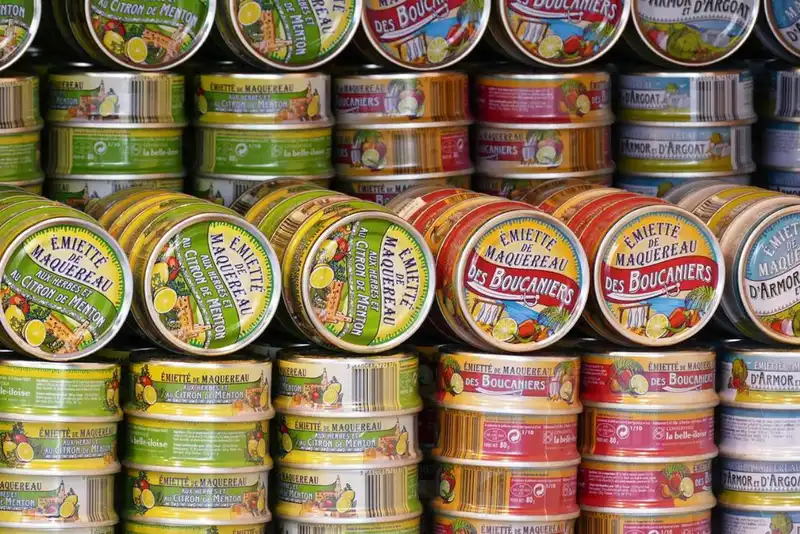
Maintaining consistency in food quality and taste can be an uphill task, especially for restaurants operating across multiple locations. Even though restaurant branches have the same core kitchen, the taste of the meals may vary from one location to another.
Consistency in food quality and taste, however, can be ensured by documenting recipes meticulously. This makes sure that an accurate amount of supplies is delivered when the chef of a subsidiary outlet requests the central kitchen for supplies.
With the proportion of items required for each recipe well-documented, there is less food wastage. A good inventory management software like Zip Inventory helps in standardizing recipes so that diners get the same taste for a menu item irrespective of who cooked the meal.
For bars and restaurants, standardized recipes are an excellent tool for recipe costing and inventory control. When restaurant owners know what exactly goes into making a meal, they can estimate the food cost or pour cost correctly.
Inconsistent costs would put a business at a significant disadvantage. That way, the business won't be able to pinpoint par level, inventory variance, or inventory shrinkage with any amount of accuracy.
Uniform recipes also help in retaining repeat customers. Without repeat customers, no restaurant can survive. Repeat consumers, on the other hand, aren't looking for surprises. They come back because they had a good experience. Regulars will leave if you can't regularly meet their expectations. This makes it important to standardize recipes. Such a recipe is also easy to handle.
Top 3 Inventory Management Software Solutions for Restaurants
1. Zip Inventory-
If you want your inventory management to be meticulous, Zip Inventory ought to be your first port of call. This system is easy to use. For each item, you can choose the count frequency. Inventory reports are always available, and the software solution provides a clear picture of the items sold and the prices of those products, estimated overall food costs, as well as the profit generated by each menu item.
Zip Inventory helps in identifying the bestselling menu items and makes sure that the restaurant is well-stocked always to serve its customers. In case of an inaccurate inventory count or another problem related to inventory management, business owners are immediately notified.
Zip Inventory has two subscription tiers- Standard and Professional. The former is priced at $125 monthly per location, and the latter costs $175 monthly per location. Both tiers include free support.
2. Upserve-
This restaurant management system has a powerful POS platform and extensive Inventory Management capabilities. It has mobile apps for both iOS and Android that allow restaurant owners to manage and operate their businesses from anywhere.
This software also features an offline mode and supports a wide range of hardware. Upserve makes it possible to sync recipes with the POS system, and automatically replenish inventory levels when the business acquires new stocks.
It also allows business owners to manage vendors, buy goods with just a click, scan inventory with the help of the mobile app, receive notifications when stocks run out, monitor ingredient levels in real time, and compare actual and expected inventory statistics.
It has three membership levels. The Core, Pro and Pro Plus plans are priced at $59, $199 and $359 respectively. The POS terminal costs are $60, $50, and $40 respectively.
3. Orca-
It is a restaurant-specific browser-based inventory tool. Orca keeps track of daily sales and orders, allowing you to create realistic budgets and sales estimates for the coming weeks and months.
The system even considers daily weather, allowing you to compare between costs and sales on sunny and rainy days.
Orca can propose orders on the basis of historical sales data or sales predictions. With just one click, it can compare actual sales to inventory consumption per menu item.
The waste tracking report reveals where the bartenders and cooks may have gone off-recipe or where a business may have lost alcohol bottles owing to theft or breakage. POS and vendor integrations cost $199 apiece. The cost of a software subscription is $129 per month.
You've been managing your inventory manually all this time.
You don't see what inventory management software can do for you.














































































